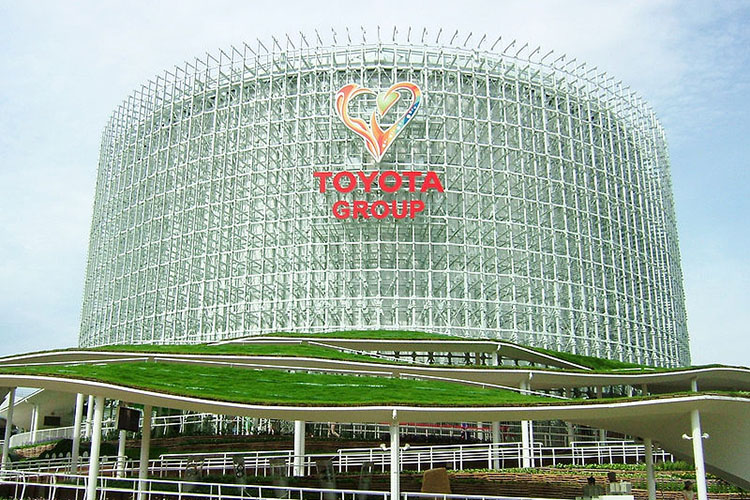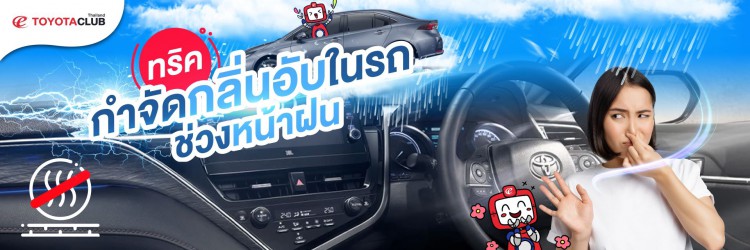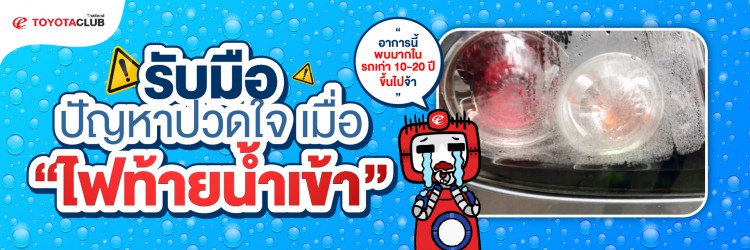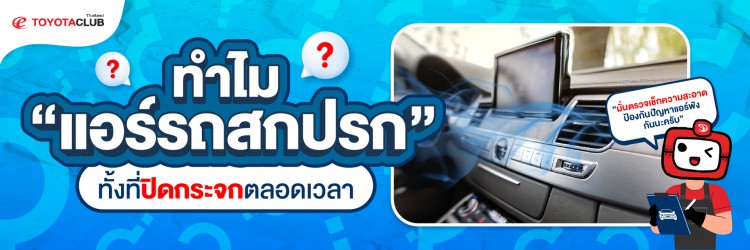

Toyota Company strategy
Toyota's management philosophy has evolved from the company's origins and has been reflected in the terms "Lean Manufacturing" and Just In Time Production, which it was instrumental in developing. Toyota's managerial values and business methods are known collectively as the Toyota Way.
In April 2001, Toyota adopted the "Toyota Way 2001", an expression of values and conduct guidelines that all Toyota employees should embrace. Under the two headings of Respect for People and Continuous Improvement, Toyota summarizes its values and conduct guidelines with the following five principles:
- Challenge
- Kaizen (improvement)
- Genchi genbutsu (go and see)
- Respect
- Teamwork
According to external observers, the Toyota Way has four components:
- Long-term thinking as a basis for management decisions
- A process for problem-solving Adding value to the organization by developing its people
- Recognizing that continuously solving root problems drives organizational learning
The Toyota Way incorporates the Toyota Production System.
Operations
Toyota has long been recognized as an industry leader in manufacturing and production. Three stories of its origin have been found, one that they studied Piggly-Wiggly's just-in-time distribution system, one that they followed the writings of W. Edwards Deming, and one that they were given the principles from a WWII US government training program (Training Within Industry). Regardless of the origin, the principles described by Toyota in its management philosophy, The Toyota Way, are: Challenge, Kaizen (improvement), Genchi Genbutsu (go and see), Respect, and Teamwork. As described by external observers of Toyota, the principles of the Toyota Way are:
- Base your management decisions on a long-term philosophy, even at the expense of short-term goals
- Create continuous process flow to bring problems to the surface
- Use "pull" systems to avoid overproduction
- Level out the workload
- Build a culture of stopping to fix problems, to get quality right the first time
- Standardized tasks are the foundation for continuous improvement and employee empowerment
- Use visual control so no problems are hidden
- Use only reliable, thoroughly tested technology that serves your people and processes
- Grow leaders who thoroughly understand the work, live the philosophy, and teach it to others
- Develop exceptional people and teams who follow your company’s philosophy
- Respect your extended network of partners and suppliers by challenging them and helping them improve
- Go and see for yourself to thoroughly understand the situation (genchi genbutsu)
- Make decisions slowly by consensus, thoroughly considering all options; implement decisions rapidly
- Become a learning organization through relentless reflection and continuous improvement
Toyota has grown to a large multinational corporation from where it started and expanded to different worldwide markets and countries. It displaced GM and became the world's largest automobile maker for the year 2008. It held the title of the most profitable automobile maker (US$11 billion in 2006) along with increasing sales in, among other countries, the United States. The world headquarters of Toyota are located in its home country in Toyota City, Japan. Its subsidiary, Toyota Financial Services sells financing and participates in other lines of business. Toyota brands include Scion and Lexus and the corporation is part of the Toyota Group. Toyota also owns 51% of Daihatsu, and 16.7% of Fuji Heavy Industries, which manufactures Subaru vehicles. They also acquired 5.9% of Isuzu Motors Ltd. on November 7, 2006 and will be introducing Isuzu diesel technology into their products.
Toyota has introduced new technologies including one of the first mass-produced hybrid gasoline-electric vehicles, of which it says it has sold 2 million globally as of 2010, Advanced Parking Guidance System (automatic parking), a four-speed electronically controlled automatic with buttons for power and economy shifting, and an eight-speed automatic transmission. Toyota, and Toyota-produced Lexus and Scion automobiles, consistently rank near the top in certain quality and reliability surveys, primarily J.D. Power and Consumer Reports although they led in automobile recalls for the first time in 2009.
In 2005, Toyota, combined with its half-owned subsidiary Daihatsu Motor Company, produced 8.54 million vehicles, about 500,000 fewer than the number produced by GM that year. Toyota has a large market share in the United States, but a small market share in Europe. Its also sells vehicles in Africa and is a market leader in Australia. Due to its Daihatsu subsidiary it has significant market shares in several fast-growing Southeast Asian countries.
According to the 2008 Fortune Global 500, Toyota is the fifth largest company in the world. Since the recession of 2001, it has gained market share in the United States. Toyota's market share struggles in Europe where its Lexus brand has three tenths of one percent market share, compared to nearly two percent market share as the US luxury segment leader.
In the first three months of 2007, Toyota together with its half-owned subsidiary Daihatsu reported number one sales of 2.348 million units. Toyota's brand sales had risen 9.2% largely on demand for Corolla and Camry sedans. The difference in performance was largely attributed to surging demand for fuel-efficient vehicles. In November 2006, Toyota Motor Manufacturing Texas added a facility in San Antonio. Toyota has experienced quality problems and was reprimanded by the government in Japan for its recall practices. In 2007, Toyota maintained over 16% of the US market share and was listed second only to GM in terms of volume. Toyota Century Royal is the official state car of the Japanese imperial family, namely for the current Emperor of Japan.
Toyota was hit by the global financial crisis of 2008 as it was forced in December 2008 to forecast its first annual loss in 70 years. In January 2009 it announced the closure of all of its Japanese plants for 11 days to reduce output and stocks of unsold vehicles. Akio Toyoda became the new president and CEO of the company on June 23, 2009 by replacing Katsuaki Watanabe who became the new vice chairman by replacing Katsuhiro Nakagawa.
Worldwide presence
Toyota has factories in most parts of the world, manufacturing or assembling vehicles for local markets. Toyota has manufacturing or assembly plants in Japan, Australia, India, Sri Lanka, Canada, Indonesia, Poland, South Africa, Turkey, Colombia, the United Kingdom, the United States, France, Brazil, Portugal, and more recently, Argentina, Czech Republic, Mexico, Malaysia, Thailand, Pakistan, Egypt, China, Vietnam, Venezuela, the Philippines, and Russia.
Toyota's net revenue by geographical regions for the year ended March 31, 2007
| Geographic region Total sales ( Yen in millions) | |
| Japan | 8,152,884 |
| North America | 8,771,495 |
| Europe | 3,346,013 |
| Asia | 1,969,957 |
| Others | 1,707,742 |
In 2002, Toyota initiated the "Innovative International Multi-purpose vehicle" project (IMV) to optimize global manufacturing and supply systems for pickup trucks and multipurpose vehicles, and to satisfy market demand in more than 140 countries worldwide. IMV called for diesel engines to be made in Thailand, gasoline engines in Indonesia and manual transmissions in India and the Philippines, for supply to the countries charged with vehicle production. For vehicle assembly, Toyota would use plants in Thailand, Indonesia, Argentina and South Africa. These four main IMV production and export bases supply Asia, Europe, Africa, Oceania, Latin America and the Middle East with three IMV vehicles: The Toyota Hilux (Vigo), the Fortuner, and the Toyota Innova.







